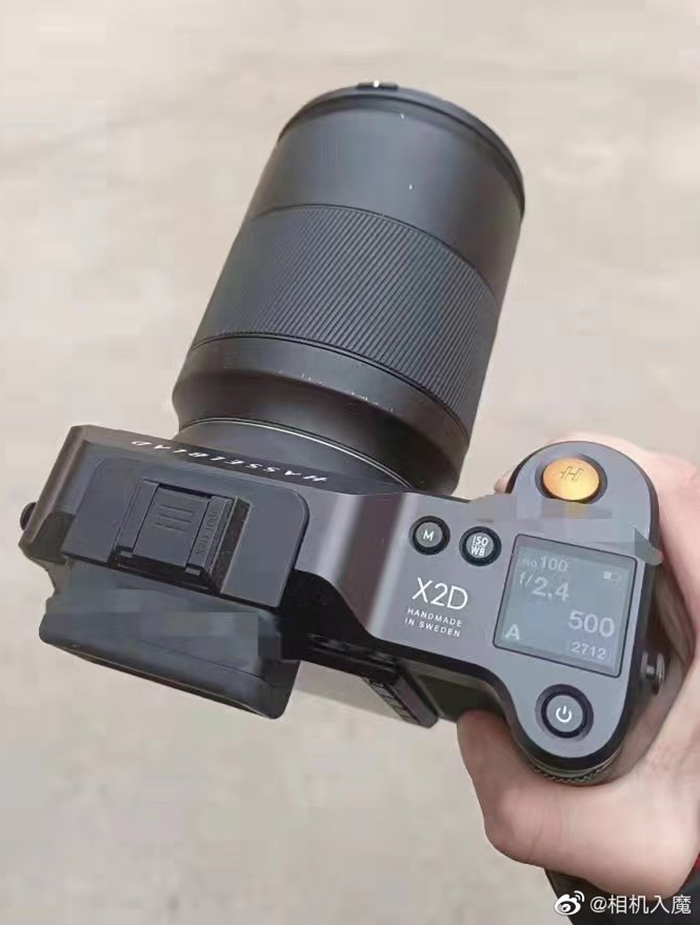Pro Member
- Followers
- 40
- Following
- 6
- Joined
- Nov 19, 2020
- Posts
- 3,377
- Likes Received
- 3,202
- Trophy Points
- 313
- Name
- Chris
- Country
- United States
- City/State
- Pembroke Pines/FL
I got into a minor disagreement with someone on the Facebook group when discussing the new Sigma 18-50 for the APSC. Lens announcement for those who aren't sure what I'm talking about: https://www.alphashooters.com/commu...es-18-50mm-f2-8-dc-dn-contemporary-lens.3100/
I said it is a brilliant lens because it is so compact and has a nice wide aperture. Many disparaged the lack of OSS, to which I replied that it was an acceptable compromise.
Disclaimer: For those of you who do not swim in those waters (good for you!), the prevailing culture on the FB group is that OSS is 100% necessary for video and stills, and yet strangely this snobbery doesn't detract from the popularity of the Sigma holy trinity of 16/30/56 mm lenses which do not have OSS.
So I started wondering about the topic of OSS. What is your take on lens stability? Specifically in the absence of IBIS, can you get the job done without either? Or would you say its not necessary until a certain focal length?
I said it is a brilliant lens because it is so compact and has a nice wide aperture. Many disparaged the lack of OSS, to which I replied that it was an acceptable compromise.
Disclaimer: For those of you who do not swim in those waters (good for you!), the prevailing culture on the FB group is that OSS is 100% necessary for video and stills, and yet strangely this snobbery doesn't detract from the popularity of the Sigma holy trinity of 16/30/56 mm lenses which do not have OSS.
So I started wondering about the topic of OSS. What is your take on lens stability? Specifically in the absence of IBIS, can you get the job done without either? Or would you say its not necessary until a certain focal length?




